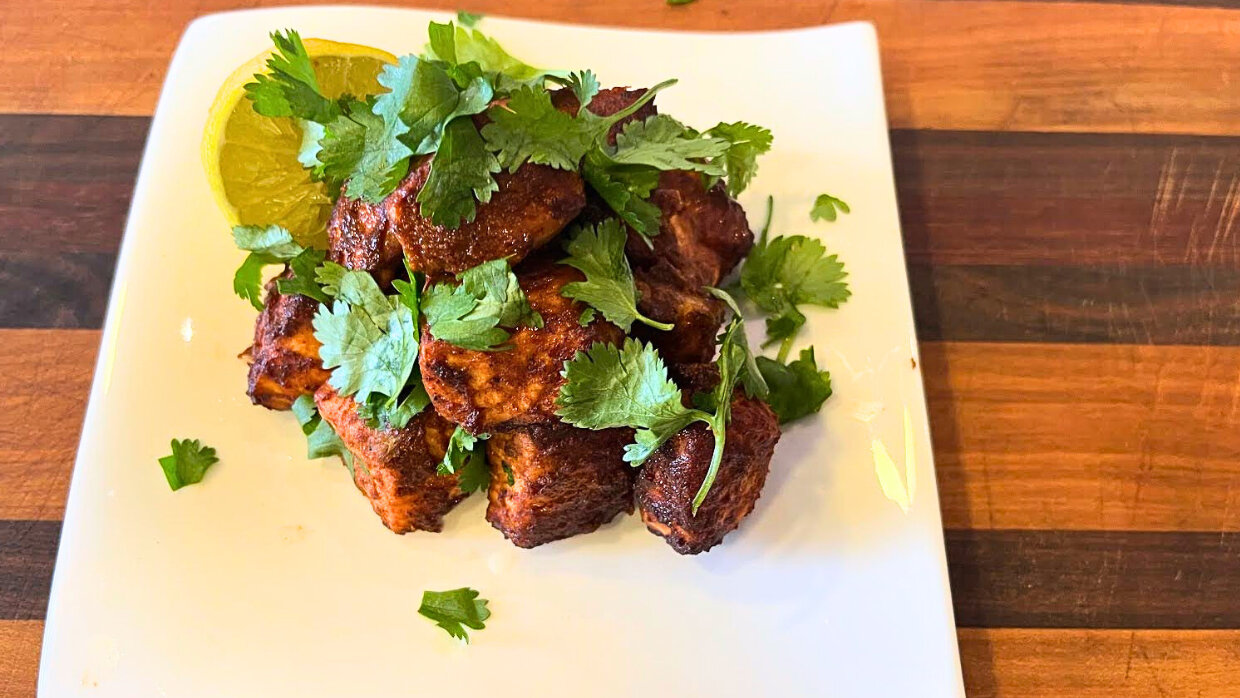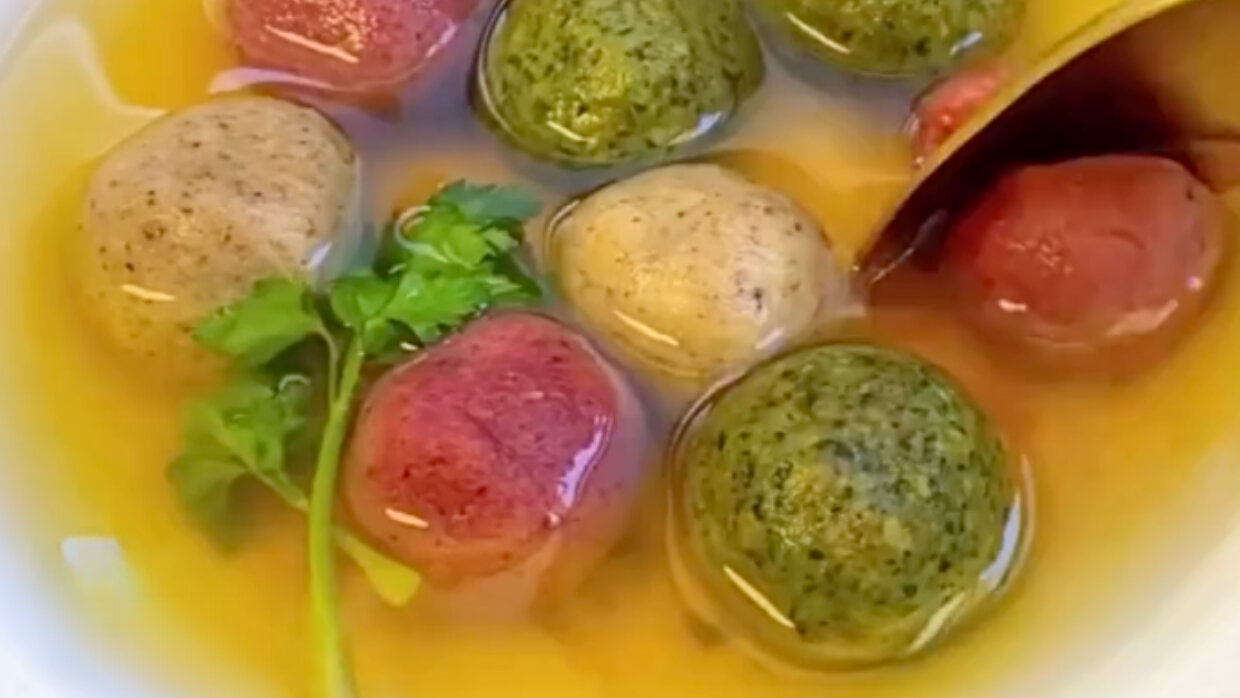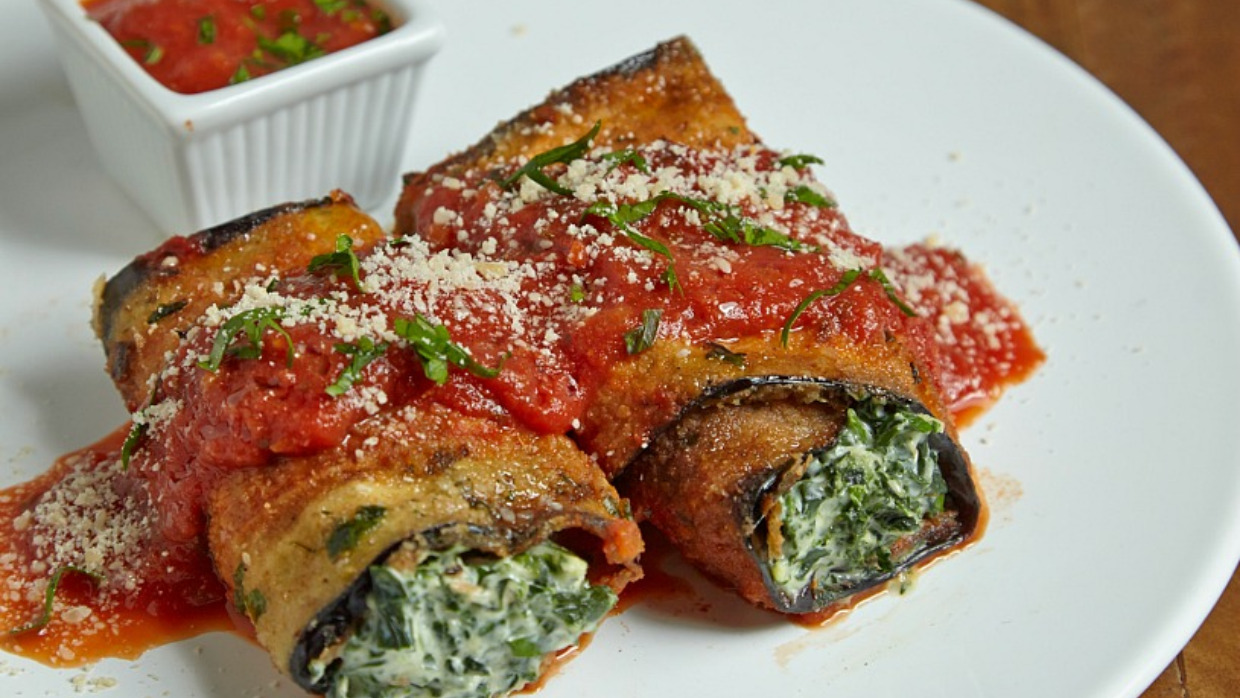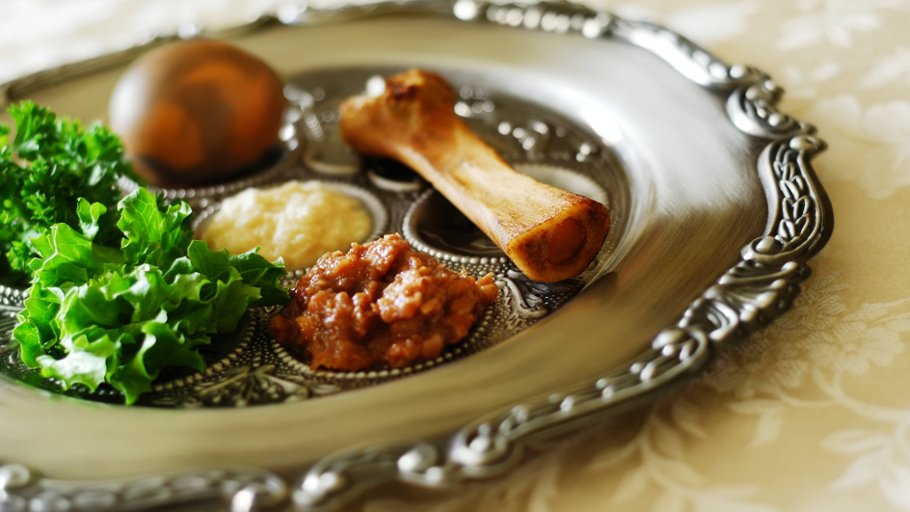France is known for its rich culinary tradition, from classic dishes like coq au vin to delicate cookies like macarons. However, what many people don’t realize is the impact the French Jewish community has had on the cuisine, resulting in a diverse array of dishes that have been enjoyed by the Jewish community in France for centuries.
The story of French Jewish cuisine is about the delicious food as much as it is about the history and customs of the French Jewish community and the trials and tribulations they faced. In this article, we will take a journey through time to understand how French Jewish cuisine came to be and what it meant for French Jewry.
French Jewry
France is one of the few European nations that has made a real effort to treat its Jewish population with tolerance. Jews first settled in Gaul over 2,000 years ago. For the most part Jewish life in France flourished and gave the world a multitude of great French thinkers and Rabbis.
By the 8th century, Jews had dominated the fields of medicine, trade and agriculture. Jewish owned vineyards helped make the wine for use in churches throughout the country and helped continue the tradition of exceptional wine-making France was known for.
However, it wasn't until the Middle Ages that the Jewish community in France began to develop its own distinct culinary culture. Over the centuries, the Jewish community in France has faced discrimination, persecution, and expulsion. Despite these challenges, the community has persevered and contributed significantly to French culture, including its cuisine.
The first Jews to reach France were Jewish merchants who brought with them new grains, spices, and salted and dried fish, many of which had never been seen before in France. Part of what makes the fusion of Jewish and French cooking techniques so interesting is how the Jews fused the ingredients and cooking methods they knew with the rich produce and livestock available in France. In addition to the kosher dietary laws, which prohibit certain foods such as pork, shellfish and eating dairy and meat together, there were several conceptions of food preservation and spices that helped influence their cuisine.
Classic French Jewish Dishes
Apparent in more modern French-Jewish cuisine we see the influence of Spanish preservation techniques and ingredients that Jews fleeing the inquisition brought with them. Chocolate and coffee beans were only used for their medicinal properties until Jews introduced the French to the unique flavors that could be acquired by roasting and grinding the beans. Jews soon became the leading producers of chocolate and helped make it known as the delicacy we are familiar with today.
Foie Gras, one of the most iconic and controversial french dishes, is a fattened goose liver. The name actually means 'fatty liver' in French. Its origins can be traced all the way back to the ancient Egyptians, who noticed that during the winter, geese would eat large amounts of food which resulted in their livers expanding. By the first century B.C., it became a prized delicacy reserved for emperors and noble men due to its time-intensive technique. But Foie Gras vanished from view by the Middle Ages. Since it is one of the few types of meat that is not prohibited by their religion, it is thought that the Jews were the only ones who knew of its unique recipe.
Anyone familiar with French cuisine knows that nearly every steak is basted with butter or drenched in cream, but Kosher law forbids cream with meat. Regional specialties like quiche Lorraine, which is made with ham or lardons and is also mixed with cream, is clearly not very kosher. Escargot, mussels and oysters also make up a great portion of the French diet so what exactly is left for Jews to eat you may be asking?
Since the beginning of time Jews were acutely aware of the adage “adapt or die” they saw their limitations and used them to their advantage. They substituted pork and other non-kosher products for kosher ingredients to create a wide variety of dishes like onion quiche, vegetable quiche, and even tarte flambée.
Joan Nathan, acclaimed cookbook author and one of the most knowledgeable people on Jewish cuisine writes in her book Quiches, Kugels, and Couscous, how in France there are many distinctly Jewish dishes such as a roast shoulder of lamb or eggplant dishes like shakshuka or papeton d’aubergines, an eggplant gratin, it all depends on the region from which the Jews came: Provence, Alsace, the Southwest, Eastern Europe, Spain and North Africa. In many cases they brought distinctly Jewish dishes and integrated them with the ingredients they found in their new homes.
In Jewish homes in the south of France you might be able to find a warm loaf of aromatic fougasse, a french bread reminiscent of challah. On a trip to Alsace you might get lucky and get your hands on a steaming bowl of Pot Au Feu, a succulent beef stew commonly served on the Sabbath.
And there is also, Choucroute Garnie, a hearty stew made with sauerkraut, potatoes, and sausages which combines many of the unique cooking techniques that the Jews brought with them from their experiences abroad.
Gil Marks, another important Jewish food historian writes of Cassoulet “Although the French are loath to admit it, the classic Southern French dish cassoulet is most certainly a descendant of the Jewish cholent.”
Viva La France
It’s hard to understate the impact Jews had on France and its culture. With countless streets named after important Jews and philosophers that helped shape the culture and French way of life.
Today, France boasts the third largest Jewish population in the world (after the U.S. and Israel), there are many restaurants in France that serve traditional French Jewish cuisine and many of the dishes in this article.
While life in France hasn’t always been rosy for French Jewry, with a quarter of the 300,000 Jews living in France at the time of World War 2 perishing in the holocaust. We also see that anti-semitism is still at an all time high in France with countless hate crimes and terrorist attacks making the news in the past several years.
Despite the difficulties, the Jewish people have found a home in France and have created a whole new hybrid culture for us to discover together, bite by bite.















